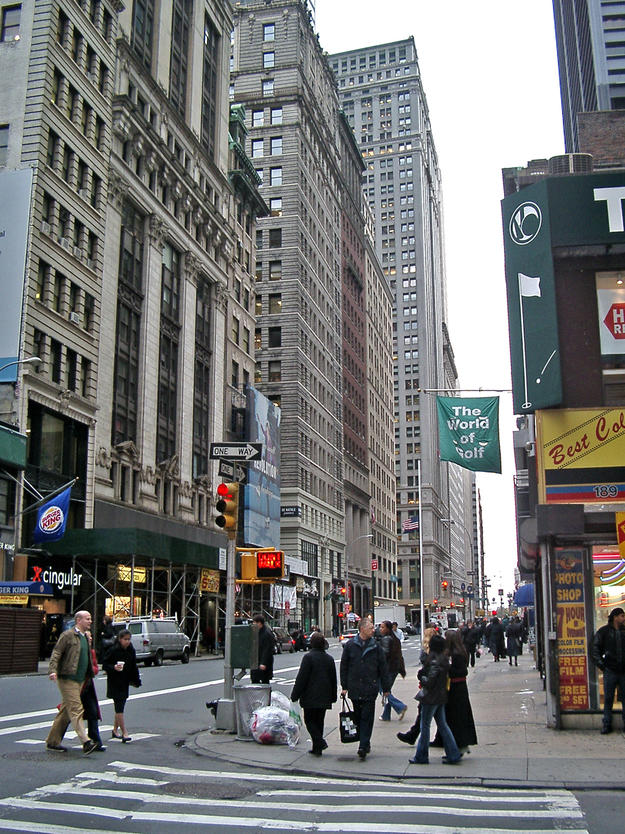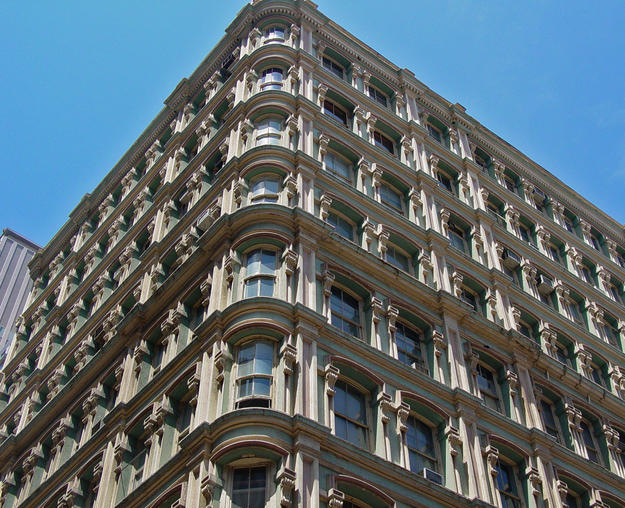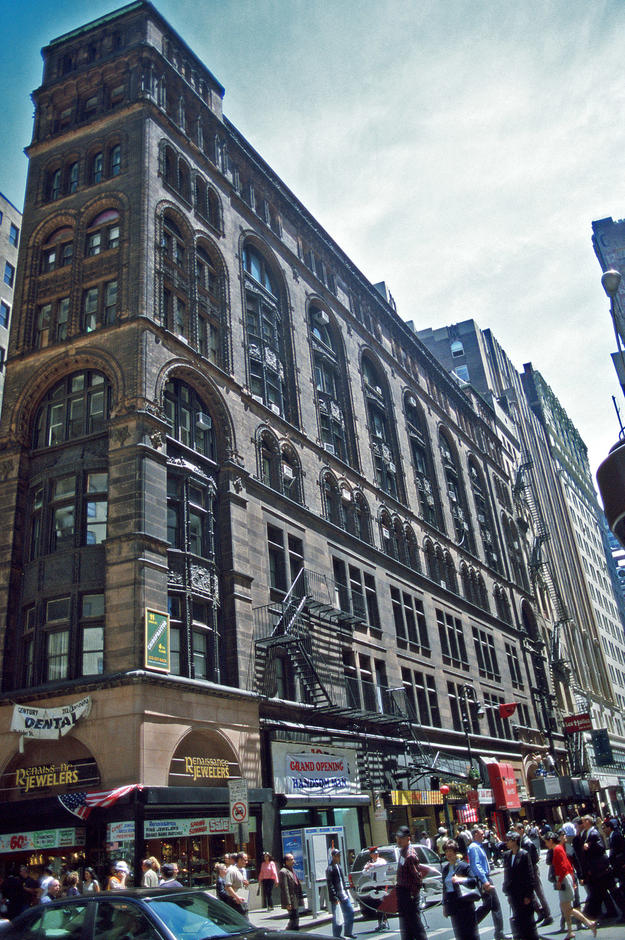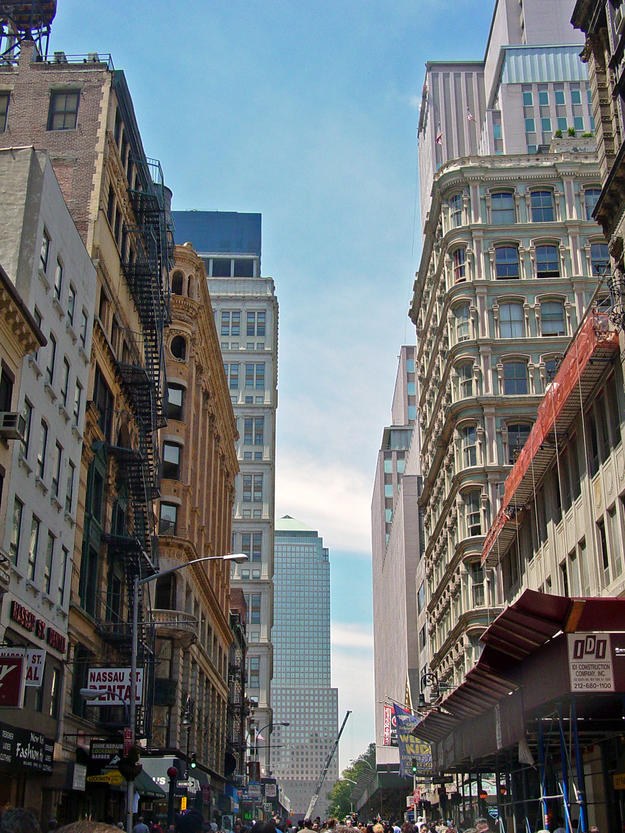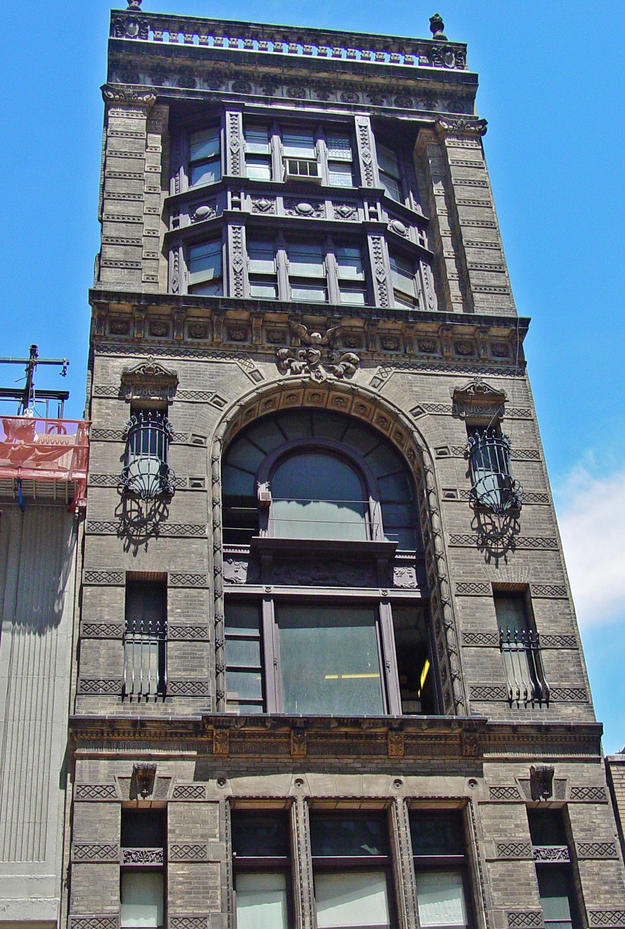In 1625, Dutch settlers founded New Amsterdam on a stretch of land that would eventually grow into one of the world’s most famous and populous cities. New York was briefly the fledgling nation’s first capital, in 1776. Since that time, lower Manhattan, the site of the early settlement, has continued to be a vibrant center of commerce, arts, and culture. It is defined as the 1.5 square miles (3.9 square kilometers) of New York City that extend below 14th Street to New York Harbor and is a rich urban environment that includes 65 landmarks within six historic districts.
On September 11, 2001, terrorists struck at the heart of this remarkable area, claiming the lives of nearly 3,000 people and destroying the twin towers and adjacent buildings at the World Trade Center, and severely damaging structures in lower Manhattan. In the aftermath of tragedy, the historic district of Lower Manhattan was in great need of recovery and reconstruction.
Uniting advocacy efforts to ensure good solutions
Historic Lower Manhattan was included on the 2002 World Monuments Watch to show support for the mourning city and highlight the challenges of reconstruction and recovery ahead. Weeks after the listing was announced, we partnered with the National Trust for Historic Preservation, the Preservation League of New York State, the Municipal Art Society, and New York Landmark’s Conservancy to form the Lower Manhattan Emergency Preservation Fund.
The goal was to unite advocacy efforts to ensure good solutions for solving a series of conservation and planning issues that would arise as the rebuilding took shape. Many buildings in the area were already listed on State or National registers of historic places, but several hundred architecturally significant structures remained unprotected. Lower Manhattan was added to the Watch again in 2004 to ensure that preservation of the district’s historic architecture was a priority during the planning period.
Historic Lower Manhattan contains hundreds of landmarks, cultural heritage sites, and architectural gems, including some of the world’s earliest skyscrapers, and its emotional and cultural significance was strengthened by the tragedy as the local, national, and international communities responded with abundant support.

